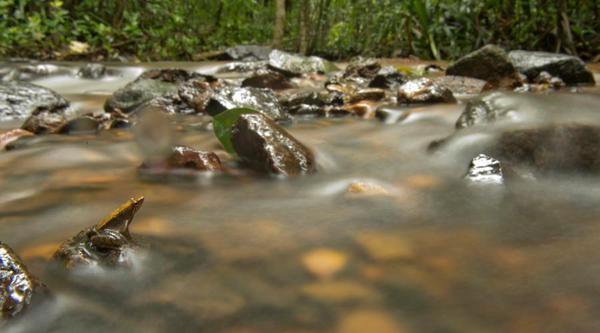
The Foot-Flagging Frogs Of The Western Ghats | Nature inFocus
In 2014, a team of researchers surveyed to uncover the diversity of frogs belonging to the family Micrixalidae. They found 24 species of dancing frogs across the Western Ghats of India. The size of these dancing frogs (males) ranged from 1.46 to 2.88cm; the Sali's Dancing Frog was the smallest and the Kalakkad Dancing Frog, the largest. The Kottigehar Dancing Frog is among the larger members of the family, with the male coming in at around 2.29cm.
The Kottigehar Dancing Frog is known to live
The Kottigehar Dancing Frog is known to live










